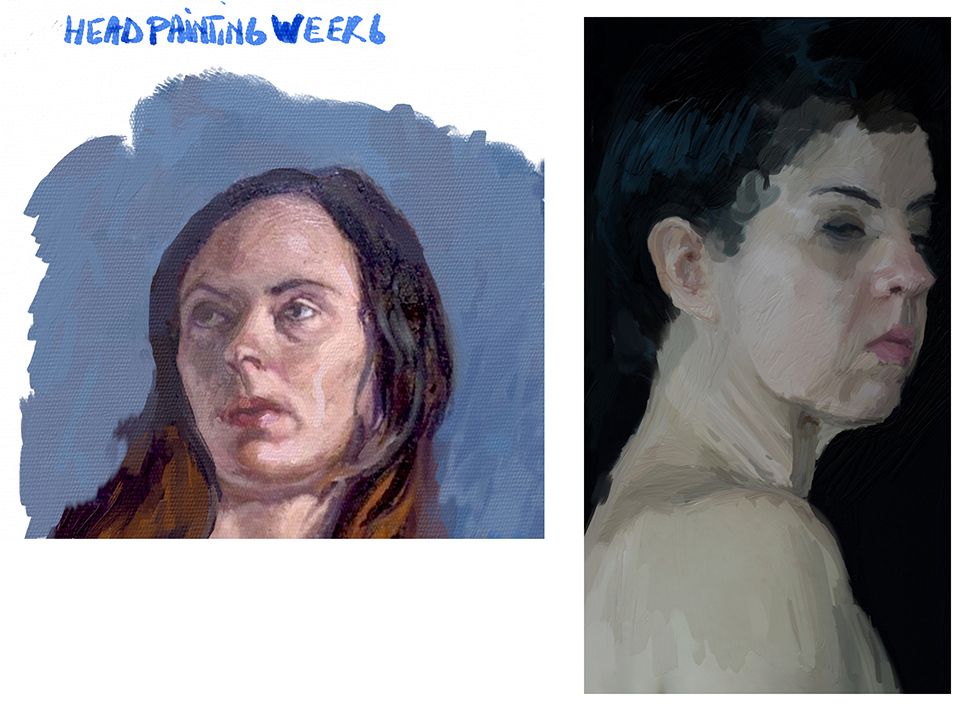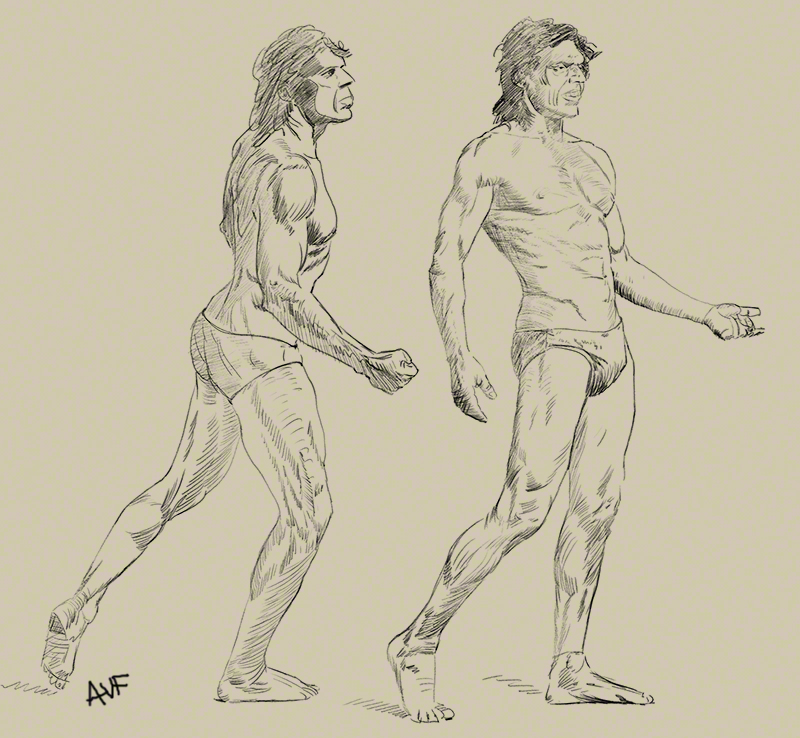Sorry for not being here last week I was not well (no – not covid, thanks guys lol)
I’m going to make it up to you by talking of what I think is the most important (I almost wrote “magic” class that Glenn Vilppu teaches: composition one and two.
Ok I spoke to some of my fellow students, and all of them did all the other classes (several times often – 50% rebate if you take the same class a second time) and then they did composition one. I did that and this was my experience:
During all the other courses Glenn keeps repeating it’s all about composition. Yeah ok, arranging thing on the page or canvas, let’s do it!
And this is where reality melts and you suddenly realise you are about to become an adult in term of art.
The first time I did compo one my first reaction (and that of all my friends) was: “WTF is he talking about???” it’s not a drawing class it’s not about concepts we ever talk about at length….. ok let’s watch the lesson again and again. After several times I began to accept the feeling this was about directing the eye of the viewer (I’m slow, it’s far far more complex than that and Glenn holds your hand discovering all the complexities or rather the possibilities compo offers) but also – and disturbingly it was not about making a pretty drawing, or even an ugly one, as a matter of fact I submitted for critic a composition with all the characters right out of a crappy saturday morning cartoon (translate by: political cartooning style), and Glenn Vilppu did not even rise an eyebrow about my drawing itself but did his very very helpful critic about my composition. I was beginning to see what the course was about, and after a few weeks (and watching the lessons several times each week) I got to the conclusion that this – composition – was what made a work of art great or not. And I realised (wait for my next realisation before jumping out of the window) that ok I had learned to draw, but drawing was in fact the least of my problem when it came to doing a finished work. I actually did a submission with stick figures and again Glenn commented on my composition only.
Now that was disturbing: you learn to draw and only then your real problems begin! Well I was wrong and right (you did not jump out of the window since you are reading this – good cause a super big reveal is about to come)
Yes a poorly composed super well draw piece is nothing worth watching, compo is the secret ingredient (well, your mum who knows nothing about art might put it on the fridge with magnets but that the only use of that piece of art).
No learning to draw is not useless and we should not learn compo first because (drum roll, fanfare) because….. wait for it this is the big secret that only Glenn Vilppu teach because he’s a time traveller from the renaissance….. composition is the key of drawing a figure, a sphere, an architectural piece, your cat….. the lines or tones you put inside your drawing of anything are composition! the composition course shows you how to build a complete image but also makes you understand why Glenn kept saying the word “composition” in all his other courses even head drawing (and nobody listened or understood until they took “composition”.
This is the magic of Glen Vilppu at its best. This is where you tell the boys from the men, the girls from the women and Scoody-doo ™ from an avalanche dog who saves people everyday. It’s quite a dizzying moment when you realise that yes drawing a shin (which is made of some lines, or crosshatching or tones) your lines for example have a dialogue between themselves, that’s compo! also that shin and it’s lines or tones has a dialogue with the rest of the body you are drawing, that is compo, it’s true wether you draw “classical” or toon-like or stick figures, every element of what you draw is compo!
Yes it’s a big reveal, especially when for a minute you thought learning to draw was secondary to learning compo at the whole picture level (or all page if you do comics) it means rethinking a lot of your drawing, it opens you eyes to all the art you see (good or bad – you finally know why you love this and get bored by that) it also free you from the tyranny of nature (one of Glen’s favourite quotes, I think it’s by Manet) because nature does not care about composition, about being interesting to the eye and telling a story you follow, it’s just a mess – meaning: you suddenly feel free to change what you want in the landscape you are looking at – all the masters did it! same for all subject btw.
Once you have passed this point there is no going back, you are an artist, you look at things with new eyes. (you’ll improve your art only if you draw a lot of course, but your eyes are changed!)
I am not a spring chicken (8 years with Glenn, before that 4 years of asian calligraphy) and before all that since I started drawing (that was at an age when most people still eat chalk and suck their toes) years and years of looking for a teacher who knew what he did, who was an artist, had sold painting and worked in comics and animation etc – not a teacher who teaches but knows nothing of having a deadline and doesnt draw example for his her students, a teacher who had face the reality of living as an artist and learned the hard way by living it. Well I did not find a single teacher like that outside of Glenn Vilppu who on top of everything was a professional artist feeding his family several years before Scooby-doo ™ was invented. You imagine the amount of experience that represent?
Now if you are thinking “ok I’ll do composition first” I say “don’t” because you’ll be missing the foundations to understand what it’s about. Composition works best (in my opinion) when you have done all the head and figure classes and perhaps more (and assimilated them by drawing a lot).
I’ll never be able to express how lucky i was to find Glenn Vilppu. The story is silly: a friend of mine a designer was moving from Paris to hong Kong (small flats there) and giving his friends all his possessions. he gave me his complete dvd collection of Glenn Vilppu course. I felt like I had finally found the holy grail (no I’m not being paid to say that, it’s what i think and feel. And a few years later, the internet having gotten faster Glenn started his vilppuacademy.com and I joined and each week ever since he dissects my submission of the week, tell me what to work on, why and how and all that I have to do is work on that until the next week.
That is the winning formula!
Work your way towards composition, draw a lot start by the “essential” class (Im going to take it again next year just to see what more I can get from it being who I am and knowing what I know now.)
Draw a lot, stay safe, and get onboard vilppuacademy.com, I can’t give a better advice to anyone (outside of “looked both ways before crossing the street”).
See you in January, the new session starts on the third so if you want to you me now is the time, and you know what christmas or hannukah gift you want!
Anton



